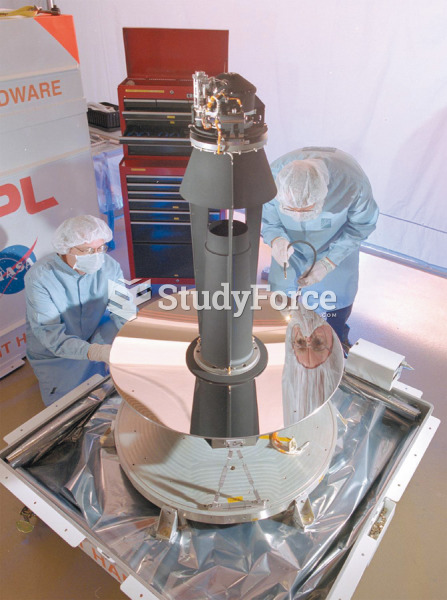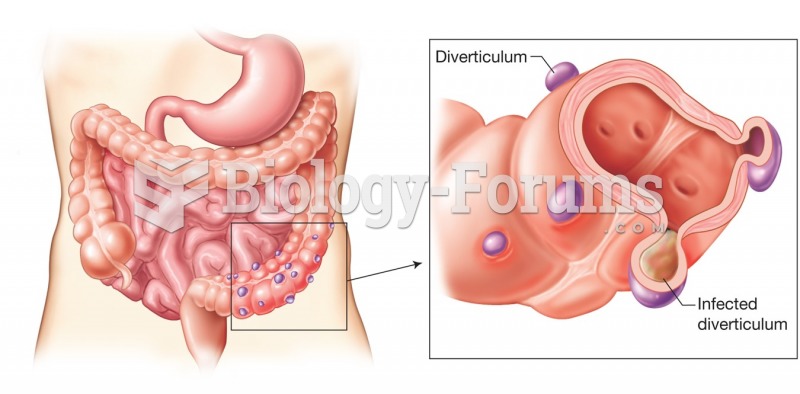|
|
|
Approximately 70% of expectant mothers report experiencing some symptoms of morning sickness during the first trimester of pregnancy.
HIV testing reach is still limited. An estimated 40% of people with HIV (more than 14 million) remain undiagnosed and do not know their infection status.
Street names for barbiturates include reds, red devils, yellow jackets, blue heavens, Christmas trees, and rainbows. They are commonly referred to as downers.
Intradermal injections are somewhat difficult to correctly administer because the skin layers are so thin that it is easy to accidentally punch through to the deeper subcutaneous layer.
The top five reasons that children stay home from school are as follows: colds, stomach flu (gastroenteritis), ear infection (otitis media), pink eye (conjunctivitis), and sore throat.
 Two regions of the brain involved in sleep. The anterior hypothalamus and adjacent basal forebrain ...
Two regions of the brain involved in sleep. The anterior hypothalamus and adjacent basal forebrain ...
 The myeloma cells do not grow in a selective media called HAT because they cannot synthesize DNA ...
The myeloma cells do not grow in a selective media called HAT because they cannot synthesize DNA ...





